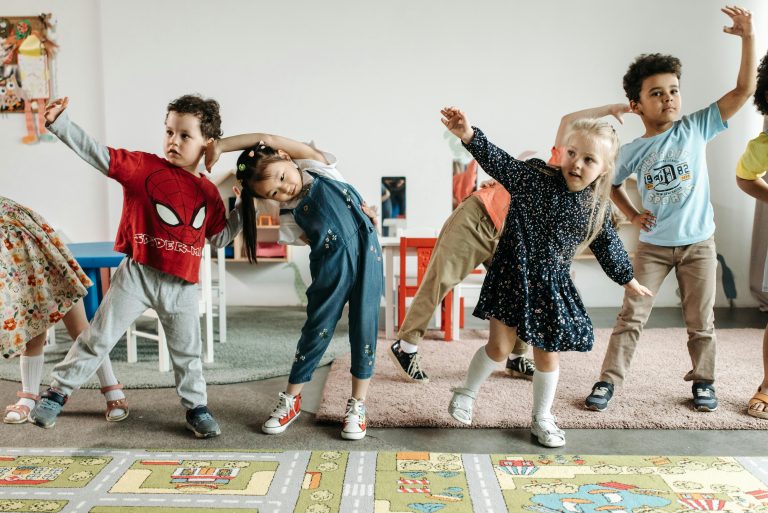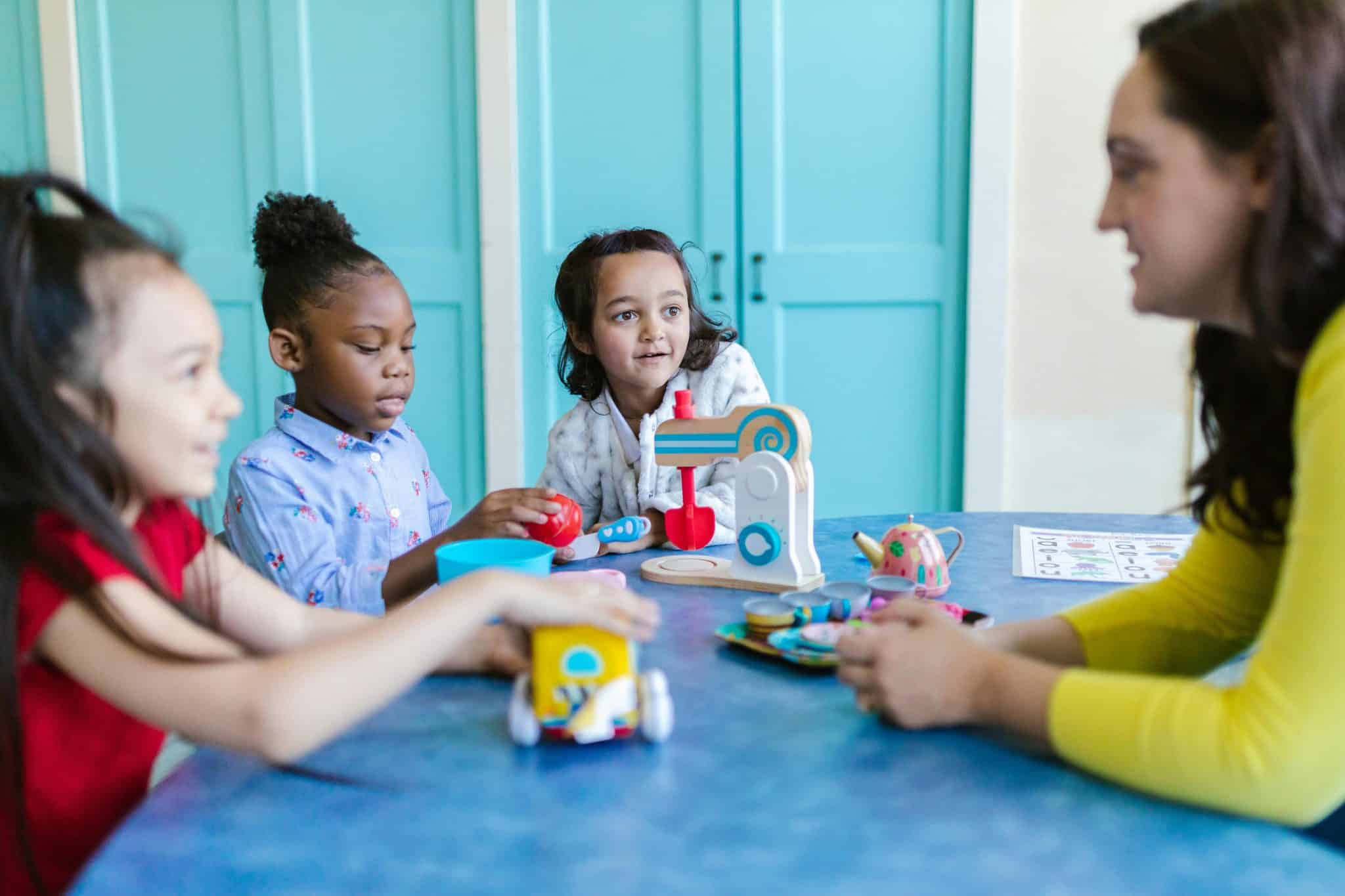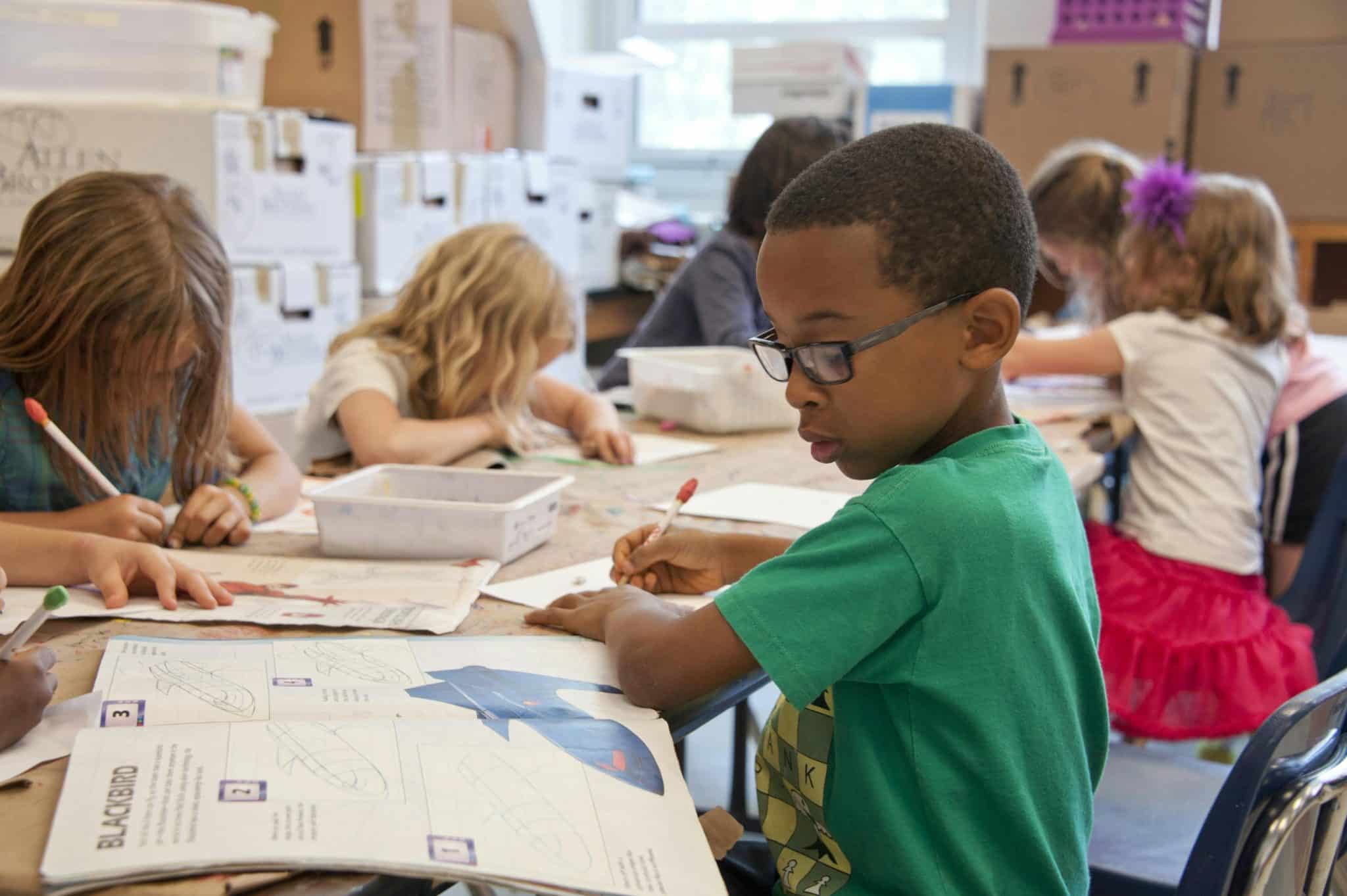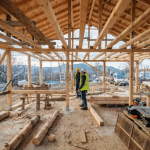Playgrounds are designed to entertain children of all ages. They delight and engage kids, allowing them to expend energy while also teaching them how to interact with others. Children also develop cognitive abilities on the playground. Their fine and gross motor skills are enhanced as they grasp ropes, navigate narrow tunnels, and balance on rotating spinners.
That said, some equipment is more suitable for little ones just learning to move, while others are best reserved for older children seeking a challenge. If you’re designing a playground for a school, park, or neighborhood, consider the needs of different age groups. Here are some factors to consider when selecting playground equipment for toddlers, preschoolers, and elementary-aged children.
Toddlers (1 to 3 Years Old)

The first moments on the playground are an exciting time for toddlers and their parents. Those aged one to three are just starting to explore the possibilities of the world. They’re figuring out how their bodies work and how to navigate effectively. They are beginning to use words instead of screaming when they want something and are learning that things don’t always go their way!
Playground equipment suitable for this age group should focus on accessibility and usability.
High structures with stairs aren’t necessarily the best option. Instead, consider ground-level activities such as sandboxes, bubbling water features, and musical instruments. Swings with bucket seats can entertain little ones for long periods, while slides with hoods teach children the proper way to go down the slide.
Younger toddlers will likely crawl to and from different areas, so ensure the ground is safe and well-protected. Rubber mats and flooring, as well as soft mulch and carpeted tiles, are excellent choices.
Additionally, any higher structures should be equipped with various handles and railings. Since parents and caregivers will likely guide children through the equipment, it should also be accessible for them.
Preschoolers (3 to 5 Years Old)
Those aged three to five are gaining their footing in the world and are more active than ever before. This age group is running, jumping, skipping, and moving about freely! Playground equipment should reflect the energetic nature of rambunctious preschoolers, ensuring they can play as they wish while staying safe.
Cognitive development is another crucial consideration for this age group. These are prime years for learning, so incorporating equipment that stimulates cognitive activity can be especially beneficial. Any sensory experiences, such as musical instruments, water tables, and interactive panels, can be great additions. Climbing structures allow children to solve problems independently, while swings and slides help them understand spatial awareness.
Additional equipment can help refine gross motor skills. Spring riders require balance and coordination, while twin spring riders teach children to play together. Merry-go-rounds and spinners also foster interaction among children. Since they feature different grips and handholds, children of various ages enjoy this activity.
School-aged Children (5 to 12 Years Old)
By the time children enter elementary school, they are well-versed in playgrounds! They understand the importance of playing nicely and sharing with friends. They are equipped to handle more physical challenges as well.
However, the age difference between a kindergartner and a seventh or eighth-grader is significant. Younger children will still need close monitoring to ensure they don’t get hurt. Tweens might find equipment designed for younger kids less exciting or challenging. They’ll seek equipment that tests their limits.
Taller and medium-high slides are excellent choices that kids can enjoy throughout elementary school. Children gain a better understanding of their boundaries and can propel themselves down steeper slides. Climbing offers another way for children to build strength and confidence. As they mature, kids discover new ways to grip structures like net climbers and manipulate their bodies to reach new heights.
Belt swings are essential for schoolyard playgrounds because they promote interaction among children. A multi-use tire swing encourages cooperation as children sway from side to side. Belt swings allow children to learn patience as they wait their turn and request a push from friends when needed.
Tips and Takeaways
Not every playground needs to necessarily accommodate all age levels. However, if you’re building a communal playground in a park, consider equipment suitable for different age groups. Designing a playground with distinct sections, such as one for toddlers and another for tweens, can help ensure everyone’s needs are met.
Another important aspect of playground design is safety. You don’t want a curious toddler wandering onto a platform that is too high for their little bodies. At the same time, bored tweens shouldn’t interfere with the playtime of toddlers in the sandbox. By creating distinct zones, you can help manage the type of play that occurs in different areas. Shared spaces, like water features, can bring all ages together safely and intentionally.
During construction, ensure that the right surfacing materials are being used. Children fall, regardless of their age. Using protective floor covering can help dampen any accidents. Also, the layout of the design should be kept in mind. Avoid overcrowding to keep children from running or bumping into each other during play. Swingsets and slides need ample room, at least six feet surrounding the perimeter of the structure.
Lastly, remember that playgrounds are built for fun! Children of all ages love going to a playground so including different levels of variety will help ensure they are for years to come.











